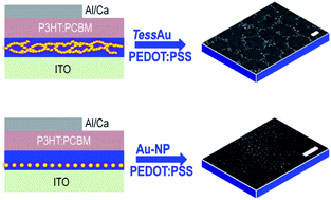
We report for the first time the fabrication of nanocomposite hole-blocking layers consisting of poly-3,4-ethylene-dioxythiophene:poly-styrene-sulfonate (PEDOT:PSS) thin films incorporating networks of gold nanoparticles assembled from Au144(SCH2CH2Ph)60, a molecular gold precursor. These thin films can be prepared reproducibly on indium tin oxide by spinning on it Au144(SCH2CH2Ph)60 solutions in chlorobenzene, annealing the resulting thin film at 400 °C, and subsequently spinning PEDOT:PSS on top. The use of our nanocomposite hole-blocking layers for enhancing the photoconversion efficiency of bulk heterojunction organic solar cells is demonstrated. By varying the concentration of Au144(SCH2CH2Ph)60 in the starting solution and the annealing time, different gold nanostructures were obtained ranging from individual gold nanoparticles (AuNPs) to tessellated networks of gold nanostructures (Tess-AuNPs). Improvement in organic solar cell efficiencies up to 10% relative to a reference cell is demonstrated with Tess-AuNPs embedded in PEDOT:PSS. Credit: Nanoscale, 2014,6, 7570-7575; DOI: 10.1039/C4NR01821D
Using approximately 10,000 times less gold than in previous studies, researchers from Western University improve solar power performance with new “gold nanocluster” technology.
Scientists at Western University have discovered that a small molecule created with just 144 atoms of gold can increase solar cell performance by more than 10 percent. These findings, published recently by the high-impact journal Nanoscale, represent a game-changing innovation that holds the potential to take solar power mainstream and dramatically decrease the world’s dependence on traditional, resource-based sources of energy, says Giovanni Fanchini from Western’s Faculty of Science.
Fanchini, the Canada Research Chair in Carbon-based Nanomaterials and Nano-optoelectronics, says the new technology could easily be fast-tracked and integrated into prototypes of solar panels in one to two years and solar-powered phones in as little as five years.
“Every time you recharge your cell phone, you have to plug it in,” says Fanchini, an assistant professor in Western’s Department of Physics and Astronomy. “What if you could charge mobile devices like phones, tablets, or laptops on the go? Not only would it be convenient, but the potential energy savings would be significant.”
The Western researchers have already started working with manufacturers of solar components to integrate their findings into existing solar cell technology and are excited about the potential.
“The Canadian business industry already has tremendous know-how in solar manufacturing,” says Fanchini. “Our invention is modular, an add-on to the existing production process, so we anticipate a working prototype very quickly.”
Making nanoplasmonic enhancements, Fanchini and his team use “gold nanoclusters” as building blocks to create a flexible network of antennae on more traditional solar panels to attract an increase of light. While nanotechnology is the science of creating functional systems at the molecular level, nanoplasmonics investigates the interaction of light with and within these systems.
“Picture an extremely delicate fishnet of gold,” explains Fanchini explains, noting that the antennae are so miniscule they are unseen even with a conventional optical microscope. “The fishnet catches the light emitted by the sun and draws it into the active region of the solar cell.”
According to Fanchini, the spectrum of light reflected by gold is centered on the yellow color and matches the light spectrum of the sun making it superior for such antennae as it greatly amplifies the amount of sunlight going directly into the device.
“Gold is very robust, resilient to oxidization, and not easily damaged, making it the perfect material for long-term use,” says Fanchini. “And gold can also be recycled.”
It has been known for some time that larger gold nanoparticles enhance solar cell performance, but the Western team is getting results with “a ridiculously small amount” – approximately 10,000 times less than previous studies, which is 10,000 times less expensive too.
Reference: “Tessellated gold nanostructures from Au144(SCH2CH2Ph)60 molecular precursors and their use in organic solar cell enhancement” by Reg Bauld, Mahdi Hesari, Mark S. Workentinac and Giovanni Fanchini, 6 May 2014, Nanoscale.
DOI: 10.1039/C4NR01821D



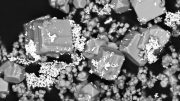
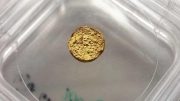
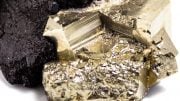
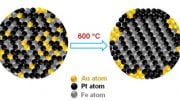
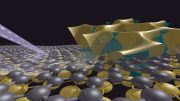
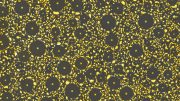
Be the first to comment on "New “Gold Nanocluster” Technology Improves Solar Cell Performance"